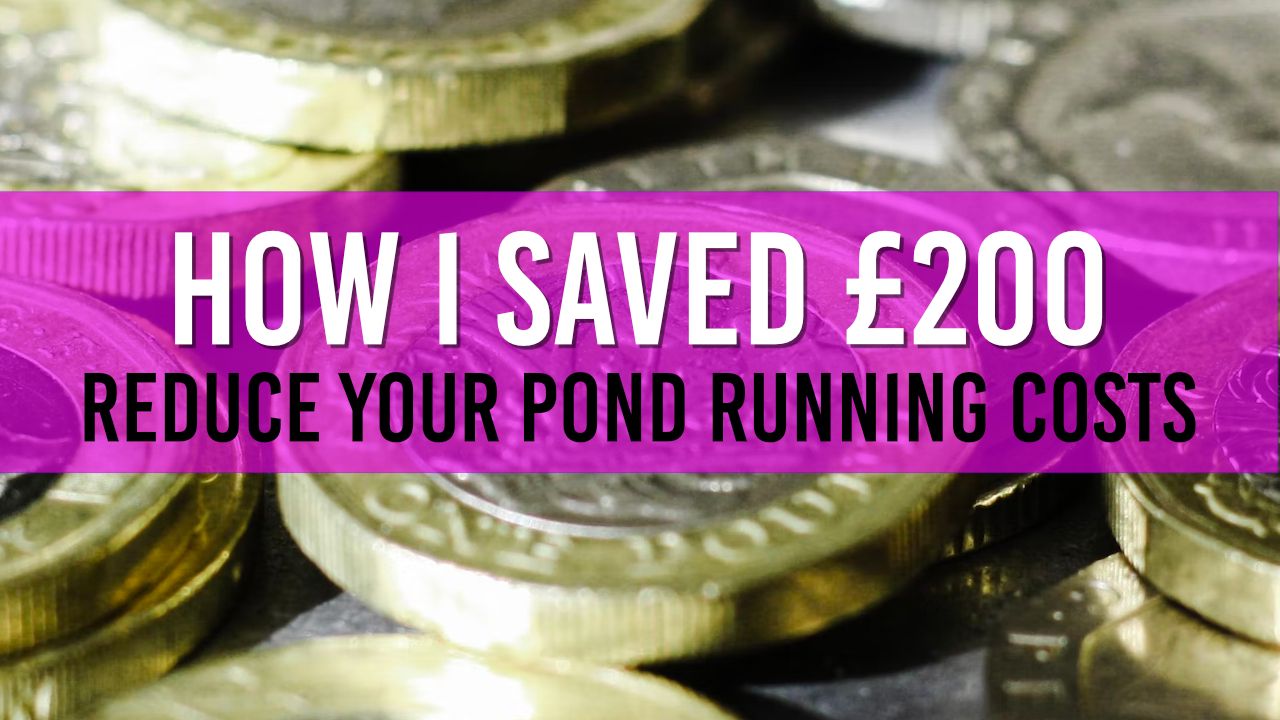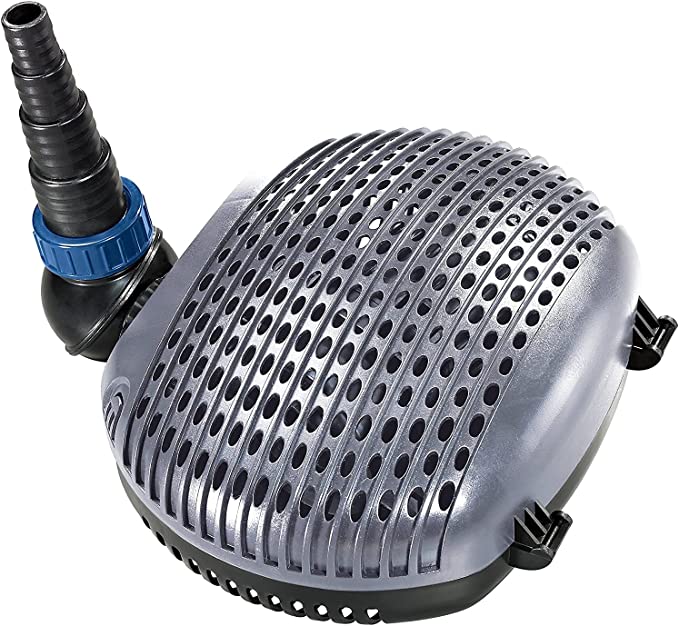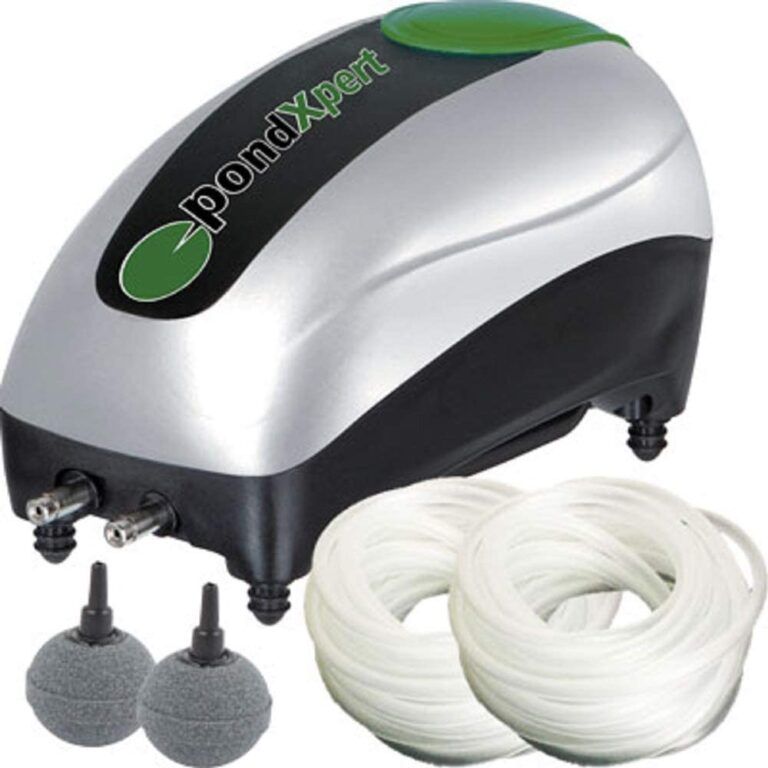How I saved over £200 on my pond running costs!
I saved over £200 on my pond running costs by replacing both my air pump and pond pump with more economical models (listed below).

Table of Contents
The huge increases of electricity prices across the UK has me looking at what changes I can make with my pond to reduce my pond running costs. My pond relies of 3 electrical items that run 24 hours a day / 7 days week and I want to ensure my pond maintains the same level of filtration and high water quality.
I decided I needed to look at alternative products I can use without sacrificing the wellbeing of my fish and plants.
My pond filtration system requires the following 3 items in order to function correctly:
My goal is simple; Save money
The journey to Save Money
As stated above, I didn’t want to just turn off the electrical items – this would damage my pond ecosystem, so I created a simple spreadsheet and trotted off outside with my trusty notepad and pen.
The first step is to identify the wattage of each of the electrical items. With the power off, I reached into the incredibly cold water (it is October), and pulled out my pond pump. My pond pump is many years old (more than 8), so after rubbing away the algae I was able to jot down “65w”.
The next item on my hitlist was the air pump, after drying my hands I began the tedious clambering over the filter boxes to get to my outdoor waterproof box to reveal a 35w air pump!
Luckily, I already knew my UV lamp wattage (I cheated and checked the Amazon listing).
Pond Usage Cost Calculations
There are many online tools to calculate the cost of your electrical items by hour, day, month and year. Being the “nerd” I am, I popped open a spreadsheet and began listing my items.
For those who want to calculate total costings yourself, you first need to find your Unit price per KWh. If you’re in the UK and reading this in October, the average price is 34p per KWh.
Daily Cost = (Item Wattage x KWh) / 1000
Monthly Cost = (Daily Cost x 365) / 12
Yearly Cost = Daily Cost x 365
If you don’t fancy doing this yourself, I've recently added free calculators to Pond Answers which allow you to:
- Calculate the running costs of your Pond Pump
- Calculate the running costs of your Pond UV Light
- Pond Liner Size Calculator
- Calculate Pond Water Volume
How much was my existing pond filtration system costing?

As the table shows above, my yearly costs for running a pond was over £400 (yep…£400). I was quite shocked to see how much my pond costs had increased so much with the energy cap rises. I did check my consumption with energy prices from 2017 which came in at a staggeringly low £107! Nearly a £300 increase in my pond running costs.
Which items did I replace to save money on my pond running costs?
I decided to keep my super large UV system, because I do love a clear pond (plus it was only 1 year old – and I don’t feel I’ve got my money’s worth ha!), which then only left the Pond Filter Pump and the Air Pump.
With my pond pump being quite old, I knew I could buy a much more efficient model and decided on the low wattage energy efficient equivalent. My pond air pump was not too old, but finding an equivalent item which helps me save money was quite easy to find.

SuperEco Pond Pump 3500 lph
The Wiltec 3500 pond pump circulates 3,500 Litres per hour – whilst coming in at only 16 watts (saving 49 watts!)

Compact 450 Pond Air Pump
Low watt pond air pump only uses 6 watts – a saving of 29 watts over my previous model.
How much am I saving on my pond running costs now?
Using the same spreadsheet as above, I calculated my new running costs … the results are shocking!

I would be lying if I wasn’t considering looking for a smaller wattage UV lamp. Costing over £100 per year its now the largest cost for my pond… especially when I’m trying to save money – I'll keep you updated!
Update March 2023
So it’s been a few months since I made the above changes and couldn’t be happier with the results. The pond has remained clean and clear over the colder months with only 1 day where the top of the pond had ice over.
Update April 2023
We've had some much warmer days and I was quite concerned that the increased Algae growth might start to swamp my low watt pump - how wrong I was! The pump is still going strong, and my water remains crystal clear!

